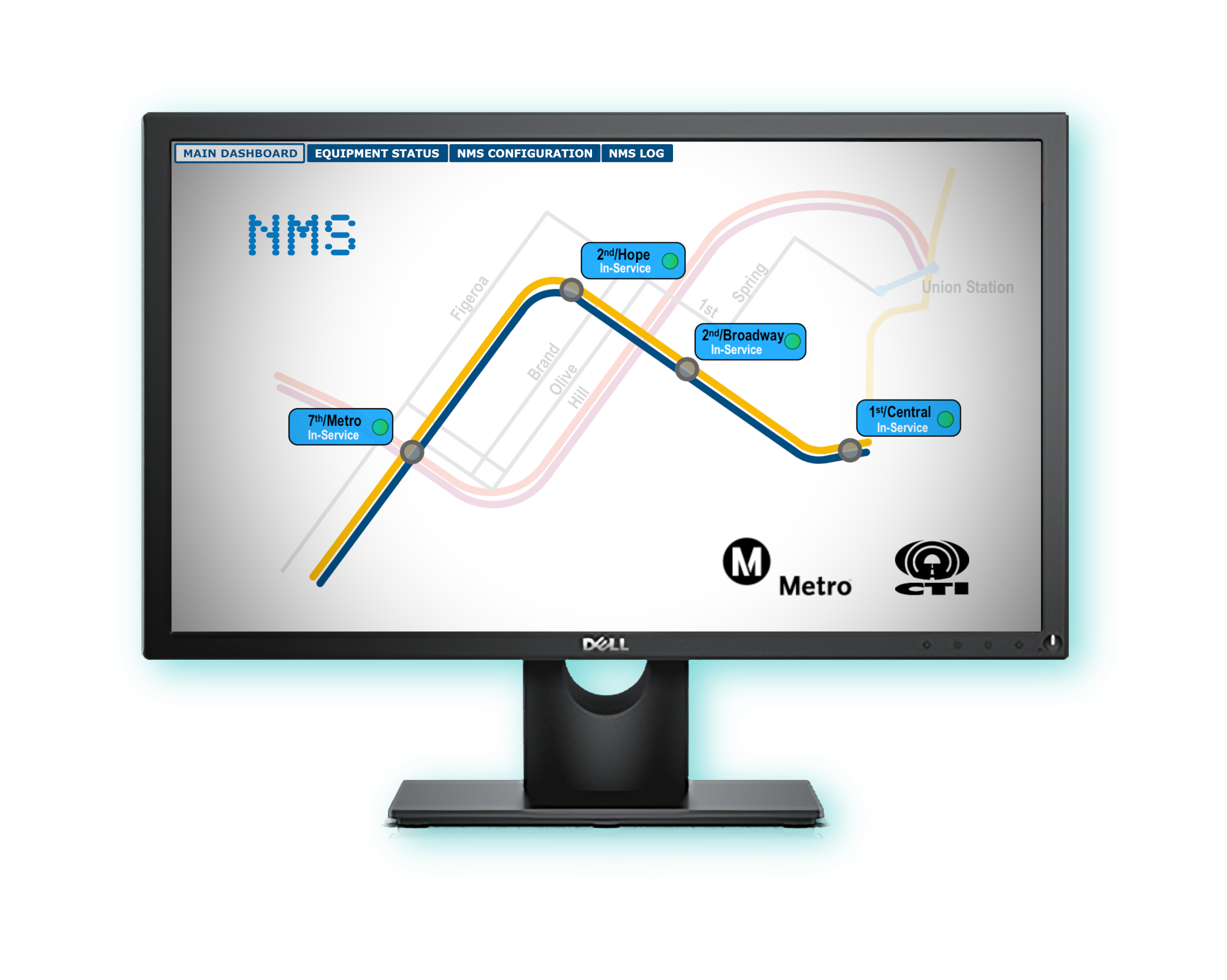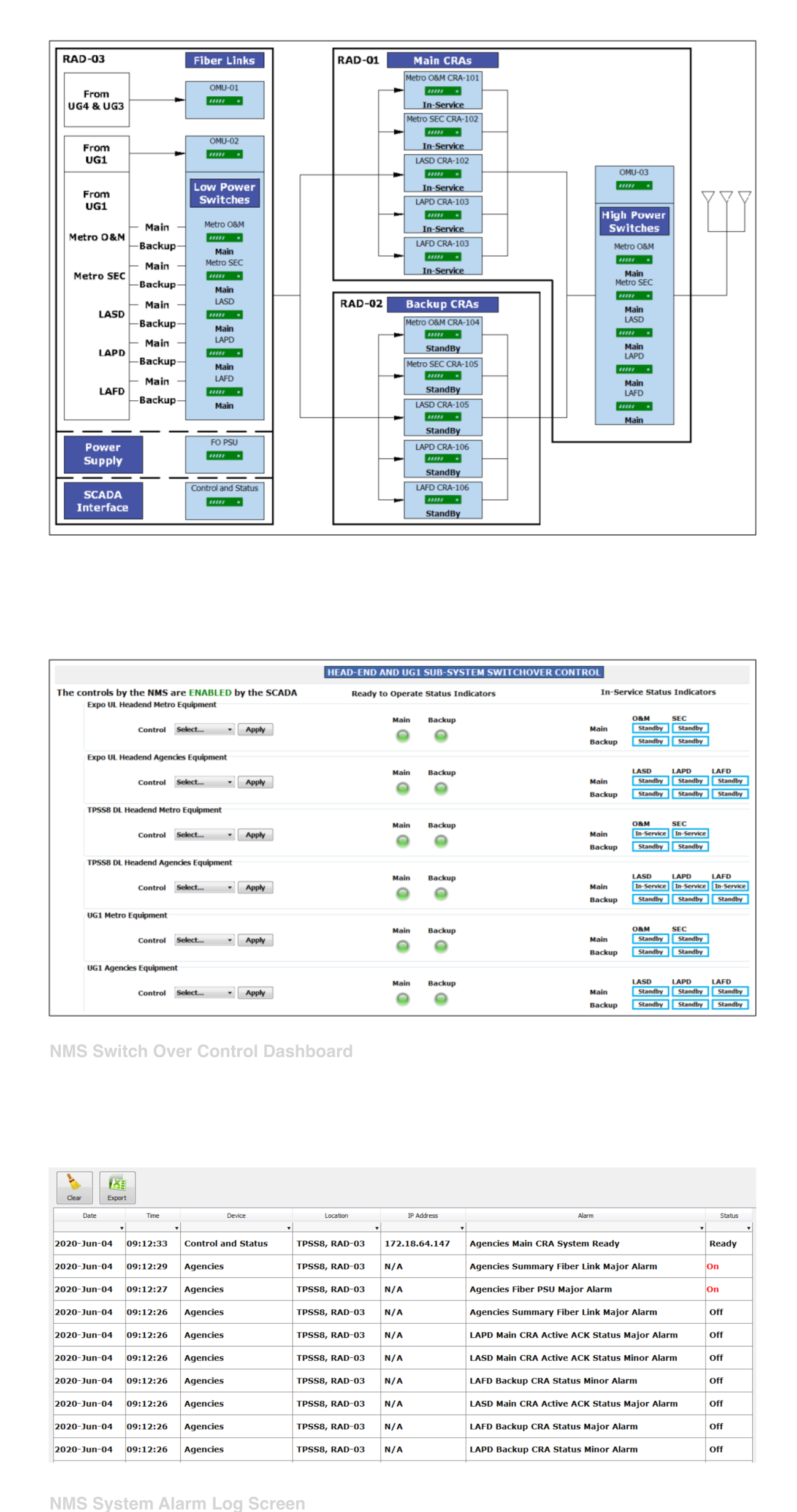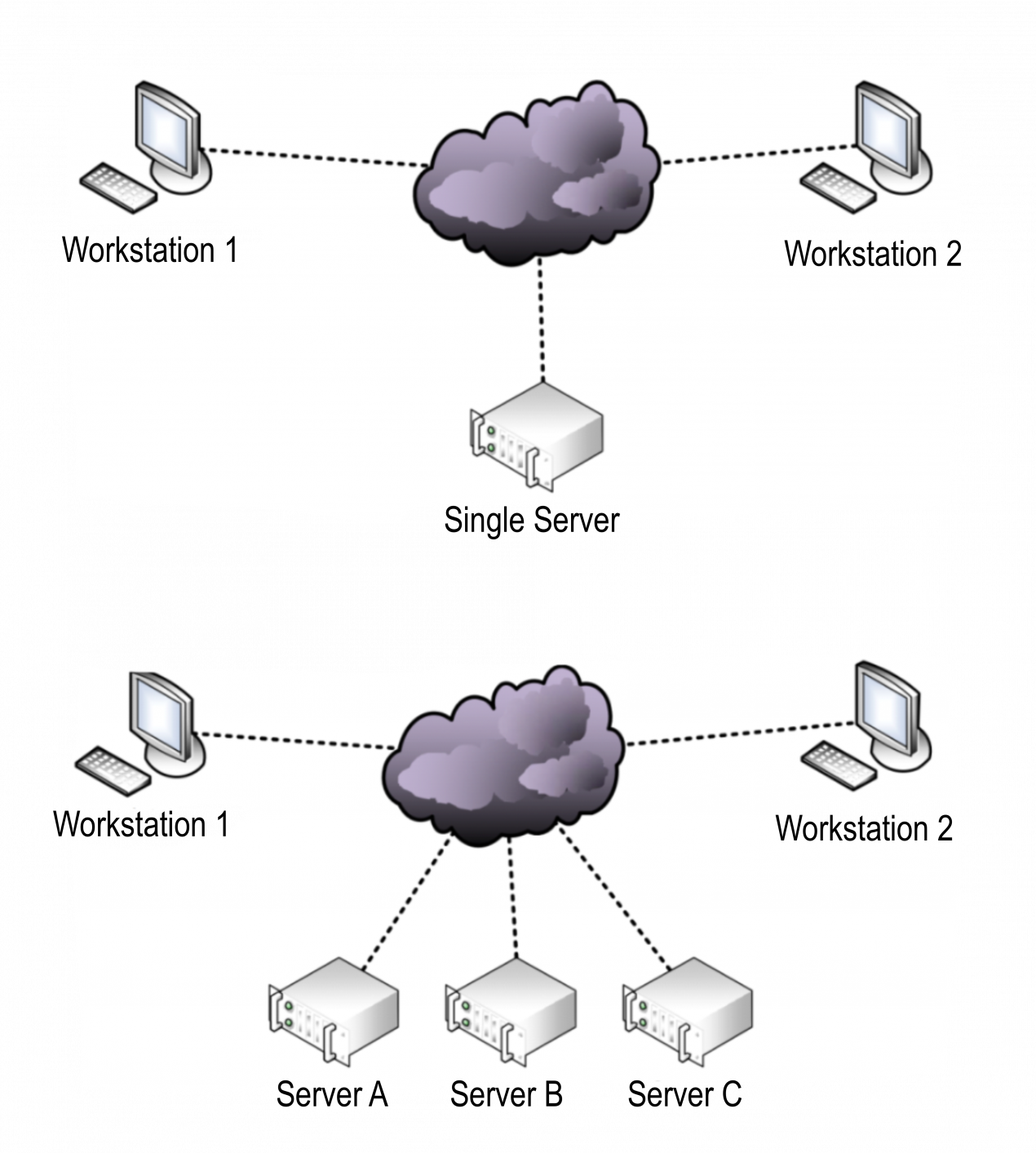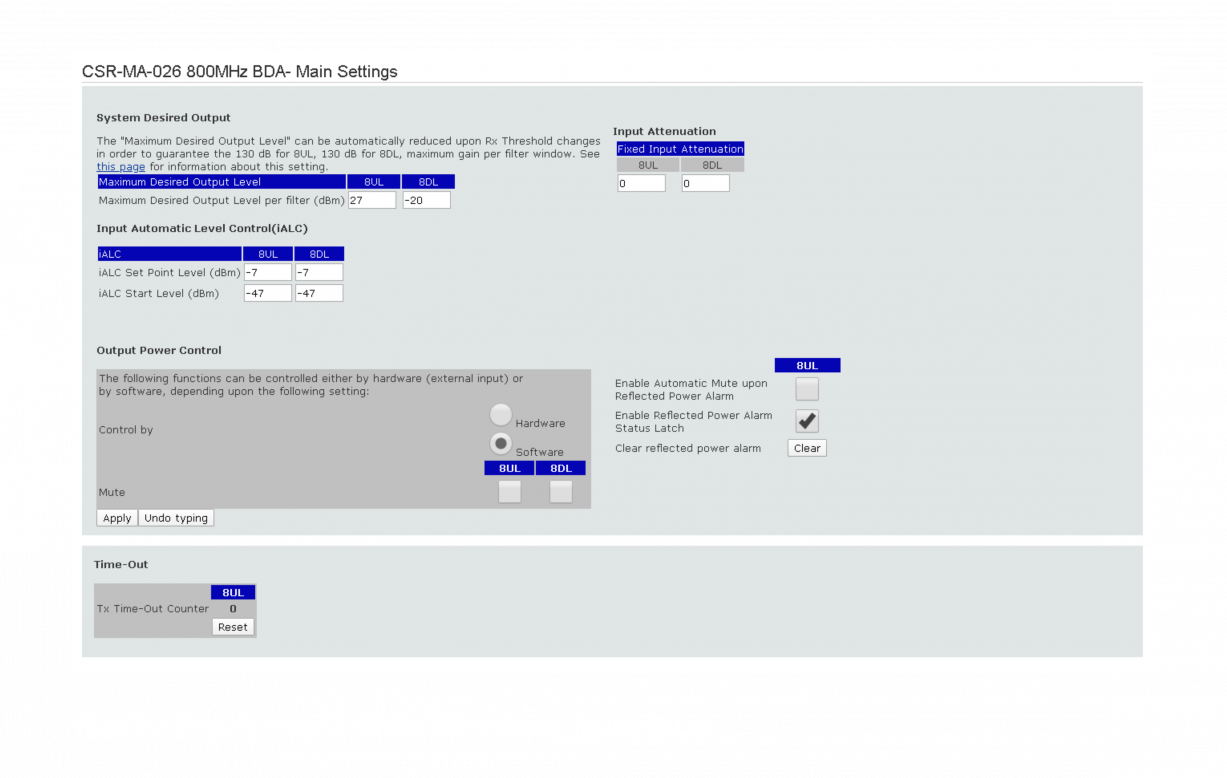Network Management System
The Network Management System monitors the health and controls the operation of active DAS radio equipment, such as Channelized RF Signal Boosters, Broadband BDAs, RF-over-Fiber links and RF switches, discrete digital I/O devices, and other equipment.

The NMS client Graphical User Interfaces (GUI) shows detailed information including alarm indicators, equipment controls, and other management information.
Standard Features
- Monitor the functional and transmitting radio equipment status on the network, using standard protocols.
- Alarm conditions can trigger automatic actions, response or notifications.
- Control different equipment parameters from an integrated Graphical User Interface (GUI).
- Different levels of alarm: Critical, Non-Critical, and Warning.
- Detailed information on single equipment, including the description, location, status and serial number.
- Control functional parameters of individual pieces of equipment.
- Standard protocols: SNMP v1 & v2c, Modbus, TCP/IP.
- Email notifications upon equipment alarms.
- System events logging.
- User profiles based access control.
- Completely configurable to match radio system architecture.
- NMS Servers runs on Linux���.
- NMS Client GUI application runs on Windows��� and Linux���.
- Single or dual server cluster configuration.

NMS Servers Architecture
Single Server:
High Availability Cluster:

Web browser interface
User level-controlled access is also implemented on each Radio device for guest, operator, technician and administrator levels.

